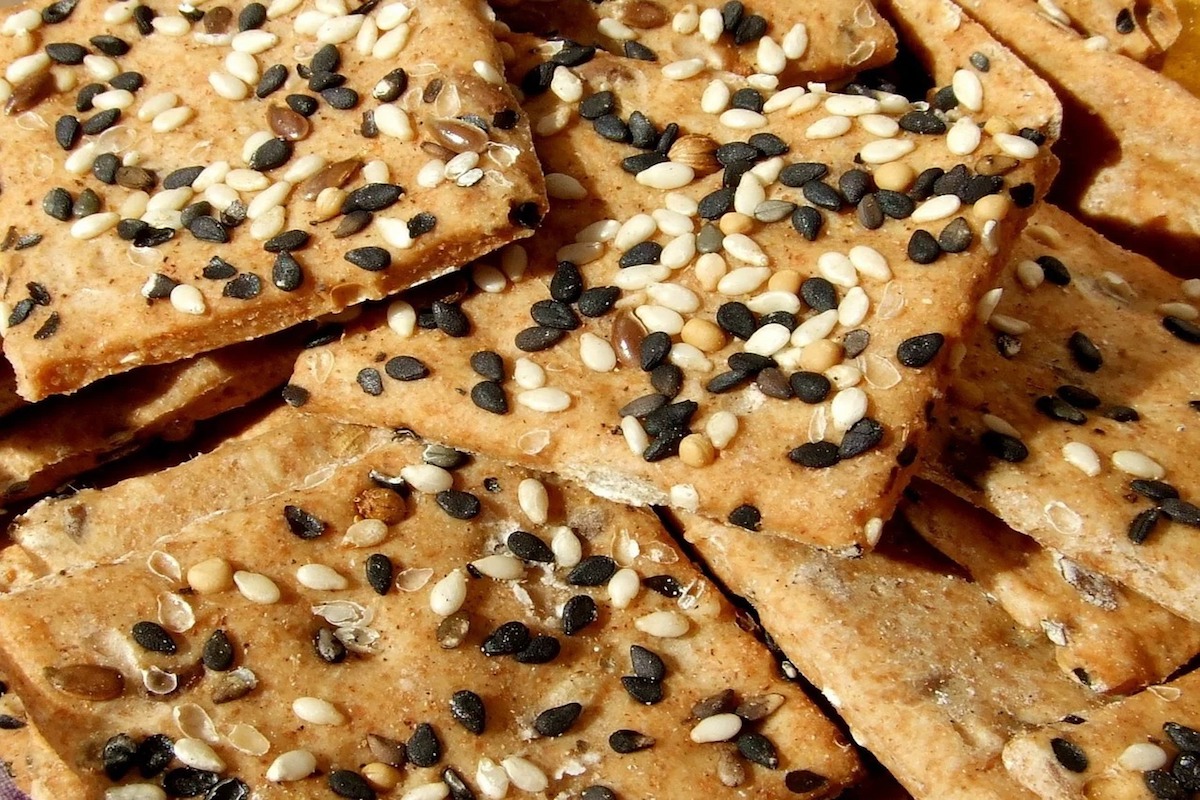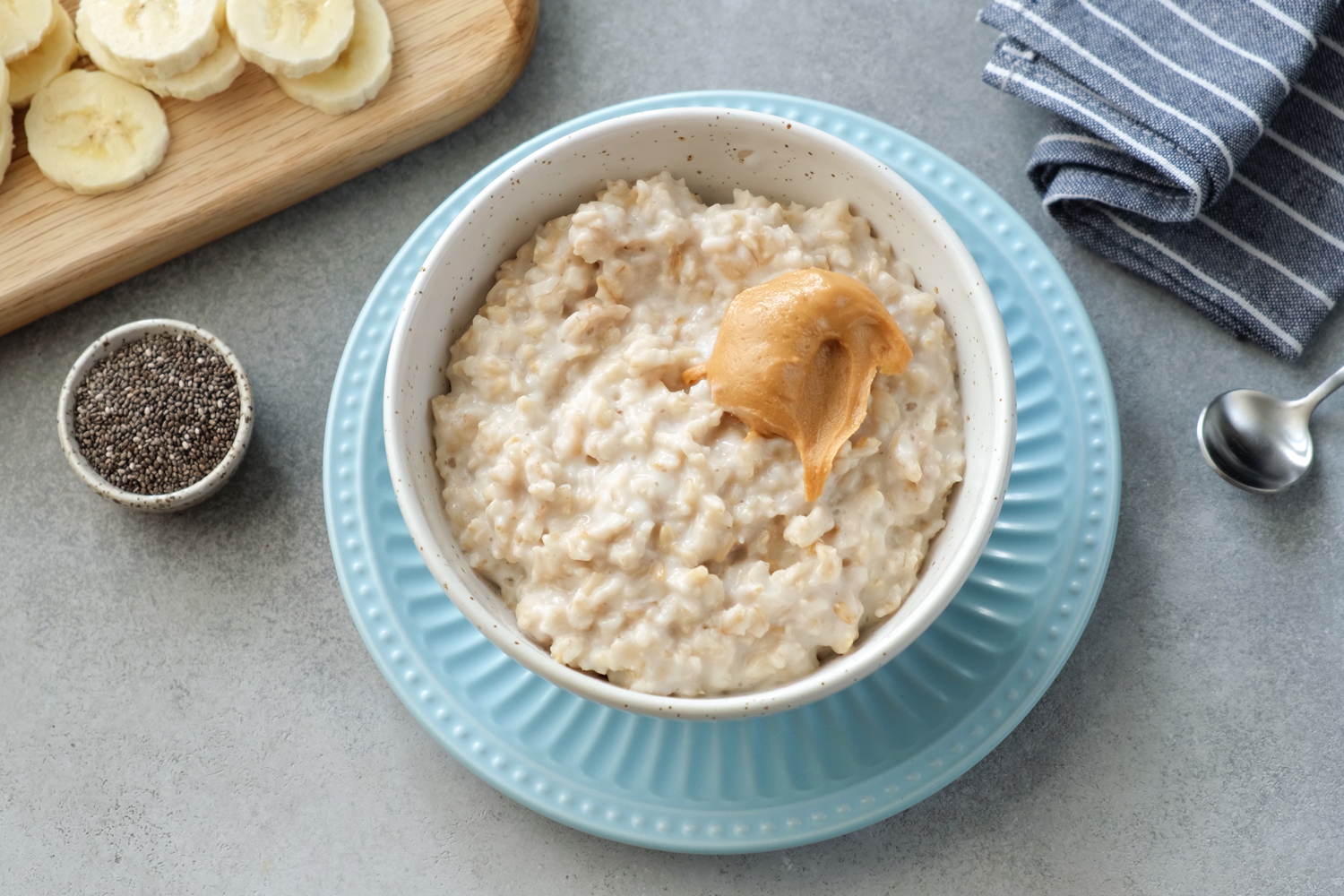Manganese isn’t discussed as often as other nutrients, but it’s vital to a healthy diet. You should include foods with manganese to support essential processes your body goes through every day. Without it, you wouldn’t have bone strength, energy from food, or proper immunity against disease. This important nutrient also serves as a crucial antioxidant and blood clotting agent. Keep reading to learn more about manganese benefits and how to incorporate this nutrient into your diet.
What is manganese?
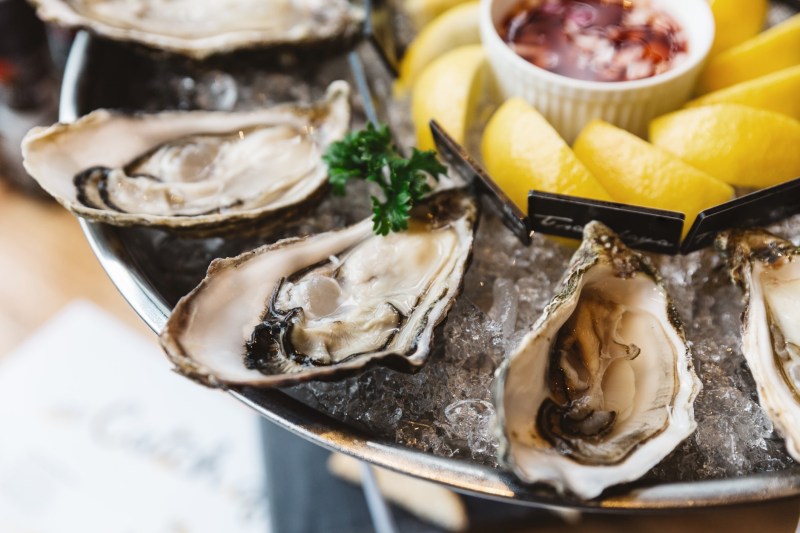
Manganese is a mineral that your body needs to function properly. While you’re busy going about your day, manganese works hard to process your cholesterol, proteins, and carbs. You can even find people who swear by it for helping with osteoporosis and hay fever.
Children need between 1.2 and 1.9 milligrams (mg) every day from ages one through their teen years. If you were born female and are over 19, you need at least 1.8 mg of manganese every day. If you were born male and are over 19, you need at least 2.3 mg daily. According to Oregon State University, there is no concern for either toxicity or deficiency, as both are exceedingly rare.
4 manganese benefits for your health
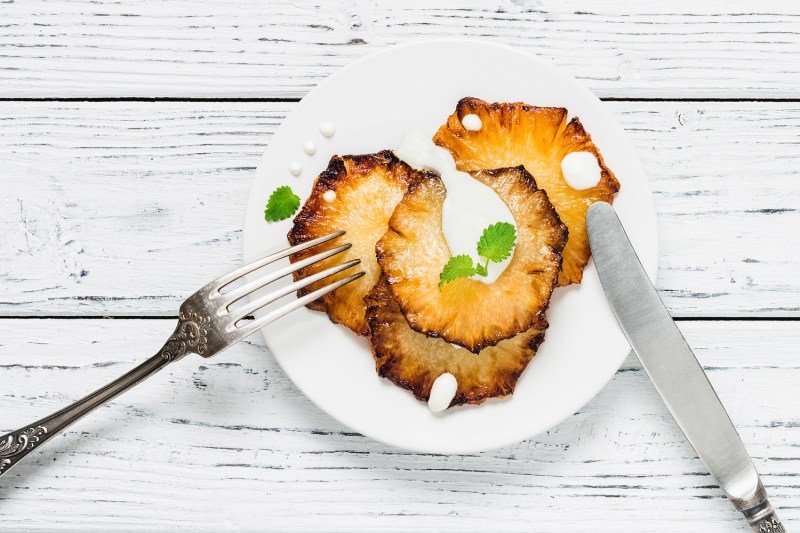
1. Metabolizes nutrients
Manganese assists with activating the enzymes you need for metabolism. You need this process to work properly so that proteins, amino acids, cholesterol, and carbs all break down and get to where they’re needed in your body. Manganese also allows your body to take in and benefit from needed vitamins, including vitamin C, vitamin E, thiamine, and choline. Without this assistance, your liver wouldn’t function properly.
2. Protects brain function
Thanks to this nutrient, your brain cells and neural pathways stay healthier. Manganese has antioxidants that guard your brain against damage that can occur from free radicals. Secondly, manganese attaches itself to neurotransmitters. This binding process stimulates better movement of all the electrical impulses moving throughout your nervous system, which can improve the way your brain functions.
3. Promotes bone health
Manganese, along with copper, zinc, and calcium, keeps your bones healthy. This is essential as you get older. Too many postmenopausal women and men over 50 deal with osteoporosis-related bone injuries. Manganese with added vitamins can work toward combating that.
4. May help reduce inflammation
At its worst, inflammation can lead to arthritis, blindness, diabetes, and cancer. Manganese, thanks to its steady supply of antioxidants, might be able to help. Some studies suggest that manganese, along with glucosamine and chondroitin, might even reduce the pain that comes from certain arthritis conditions.
11 foods high in manganese
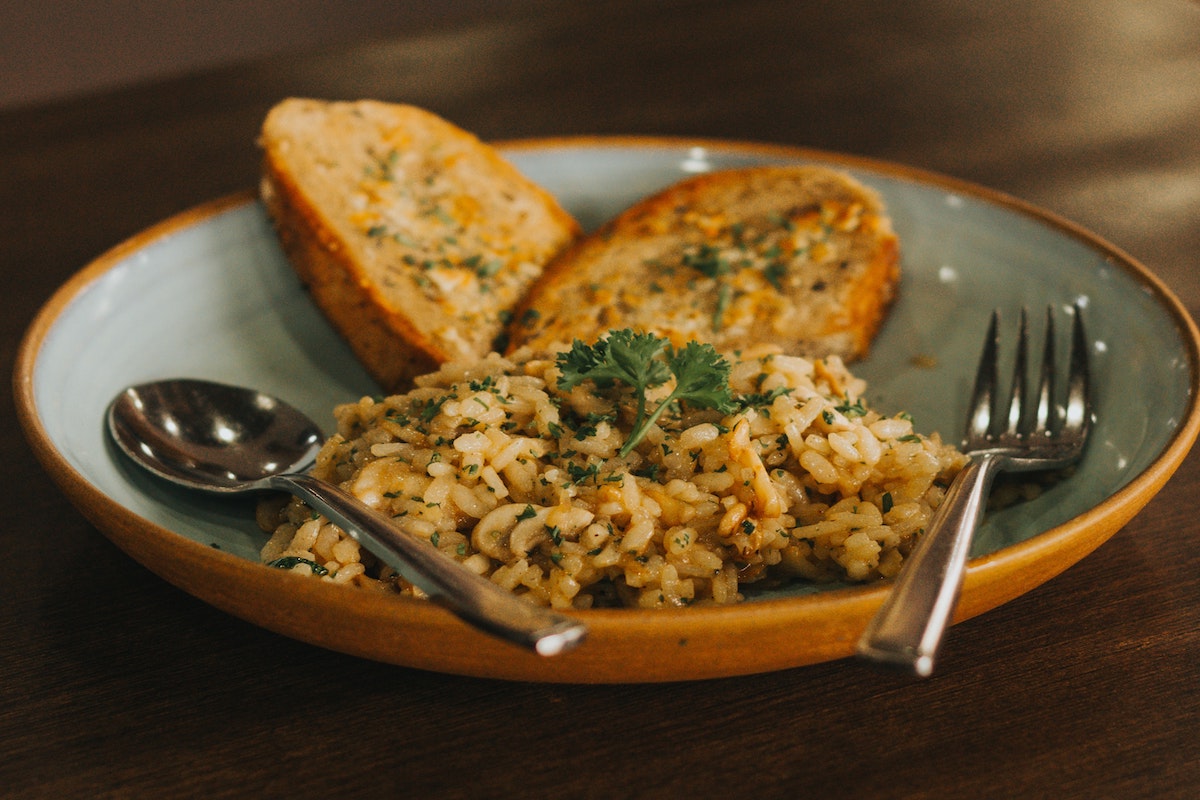
1. Rice
A cup of cooked brown rice has almost 100% of your daily allowance for manganese. You can enjoy rice in a variety of ways, including as a side dish with protein and vegetables. Rice is also delicious as the main ingredient in risotto with meat, chicken, or seafood mixed in. Vegetarians can use white beans, spinach or kale, mushrooms, and olives for a hearty, delicious, manganese-rich risotto dinner.
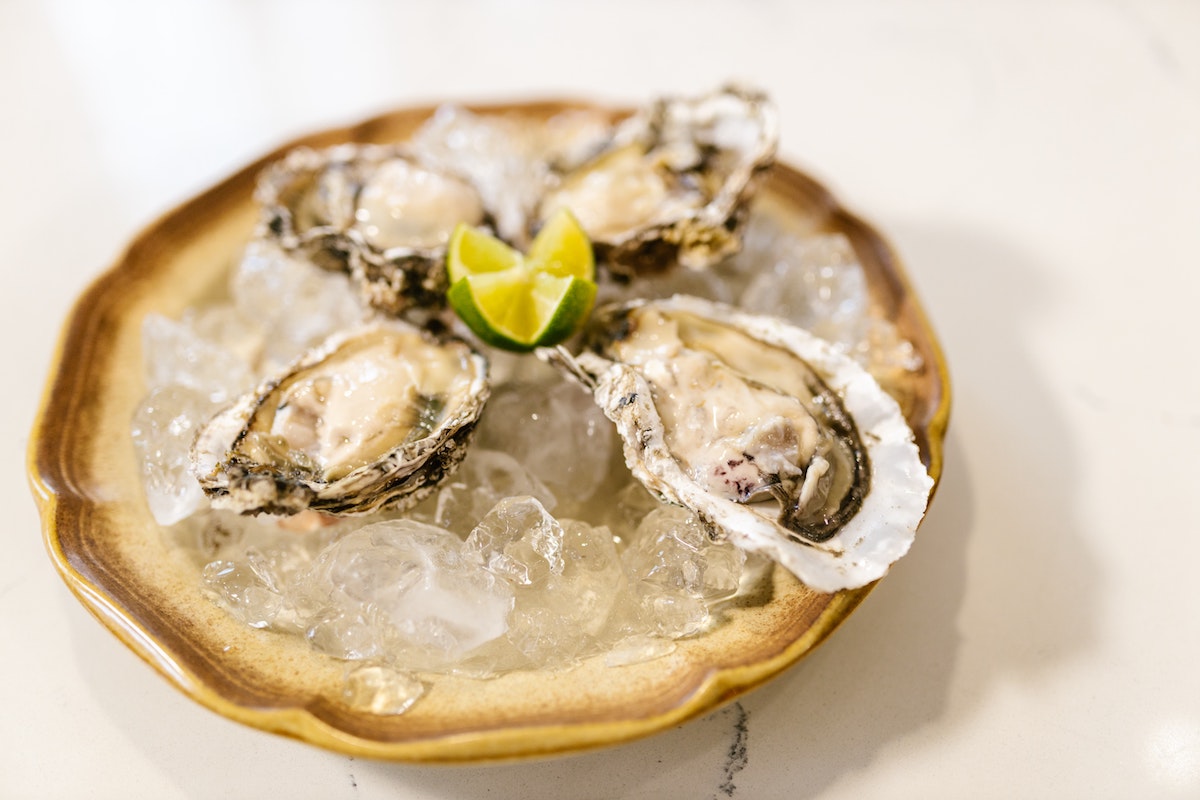
2. Oysters
Oysters give you a great meal and lots of manganese, nearly 4% of what you need daily from a mere 3 ounces of cooked oysters.
Follow these guidelines to enjoy this delicacy safely.
- Wear gloves and wash the outer shell of fresh oysters before opening and eating. Cut off the top side of the oyster with a specially made knife and then use that utensil to remove the oyster meat from the shell. Keep the juice pooled in the shell and add it to whatever condiment you enjoy. This can include lemon juice, cocktail sauce, butter, or horseradish sauce. Alternatively, you can simply raise the bottom edge to your lips and slurp the oyster along with its juices.
- Remove oyster meat and cook in a pot with milk or cream, aromatics, and even sherry to make a stew. Serve with oyster crackers on the side.
- After you shuck the oysters, coat them with bread and deep-fry them. Then put them on a halved baguette to create a delicious po’boy with pickled coleslaw, some hot sauce, and a creamy remoulade.
- If you don’t want to consume your oysters raw, they’re easy to steam. It only takes a few minutes, and you’ll see they’re done when the shells open up. You can also add steamed meat to your favorite seafood pasta dish.
3. Whole grains
Two slices of whole-grain bread give you about 60% of your recommended daily manganese. Enjoy those two slices in the morning with eggs and your favorite toppings, or at lunch with protein, cheese, and all the fixings. Whole-grain cereals, granola, and pasta can also add variety and manganese to your meals.
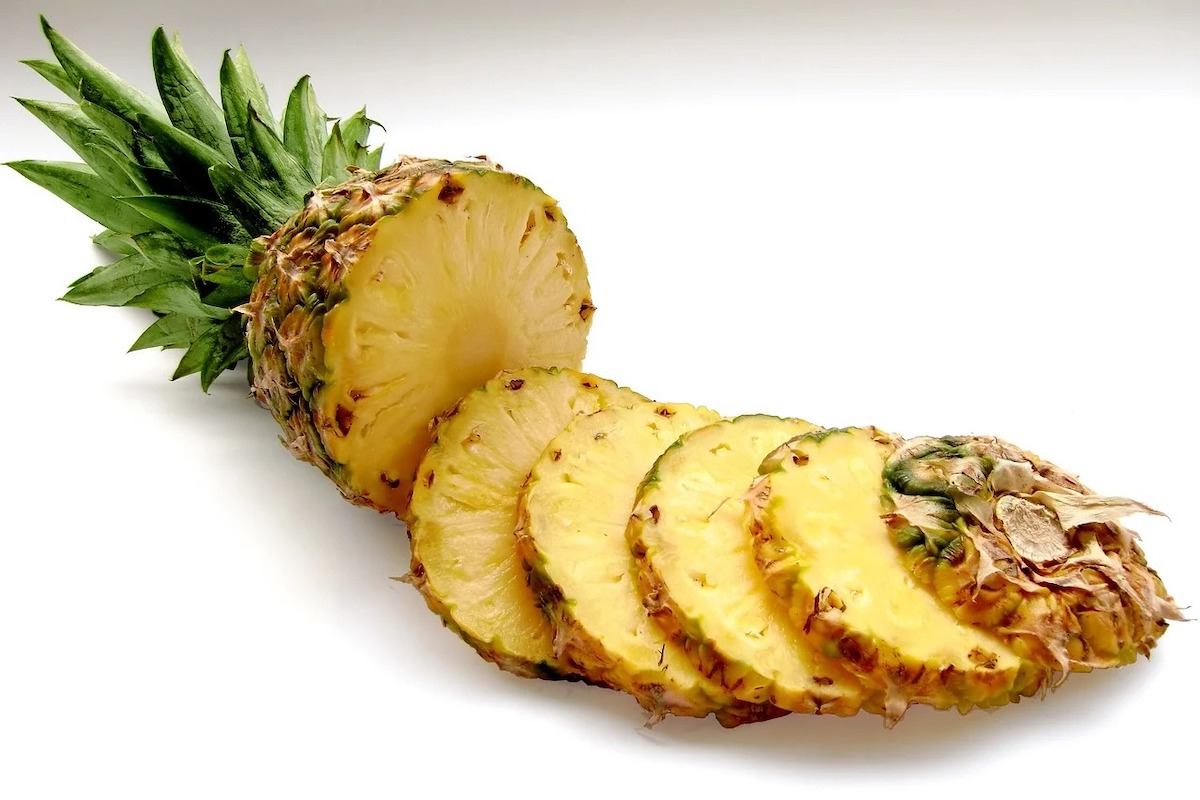
4. Pineapple
A cup of raw pineapple contains almost 70% of the manganese you need every day. It’s delicious plain, or you can add the cup to ice cream, yogurt, cottage cheese, or smoothies.
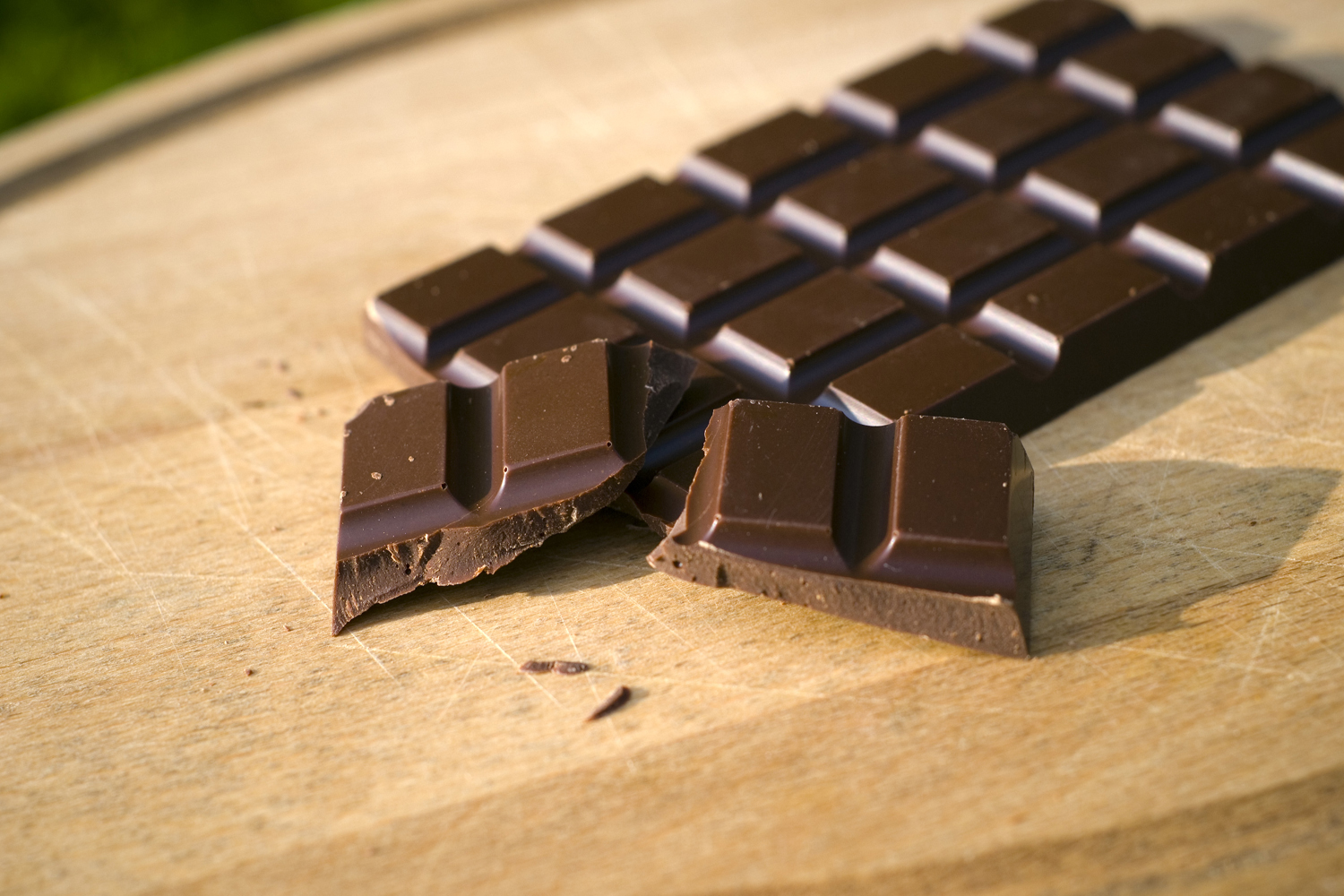
5. Dark chocolate
A 100-gram bar of dark chocolate contains about 98% manganese. A square or two can be a delicious and nutritious treat at the end of a long day. You can combine it with strawberries, grapes, or a glass of red wine, or eat it plain.
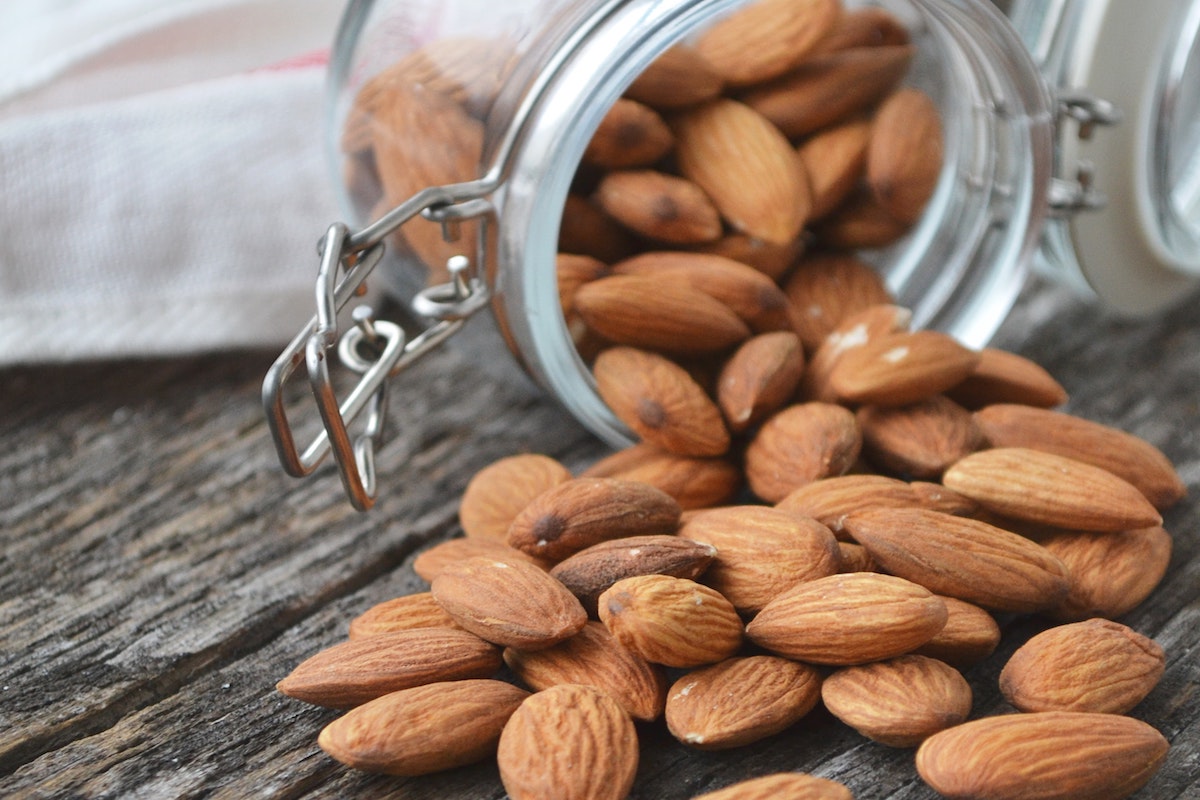
6. Almonds
There are about 2.23 mgs of manganese in 100 grams of almonds. They can be added to cooked meals like chicken or green beans. You can also add almonds to salads, granola, or mixed trail recipes that call for coconut strips and dark chocolate.
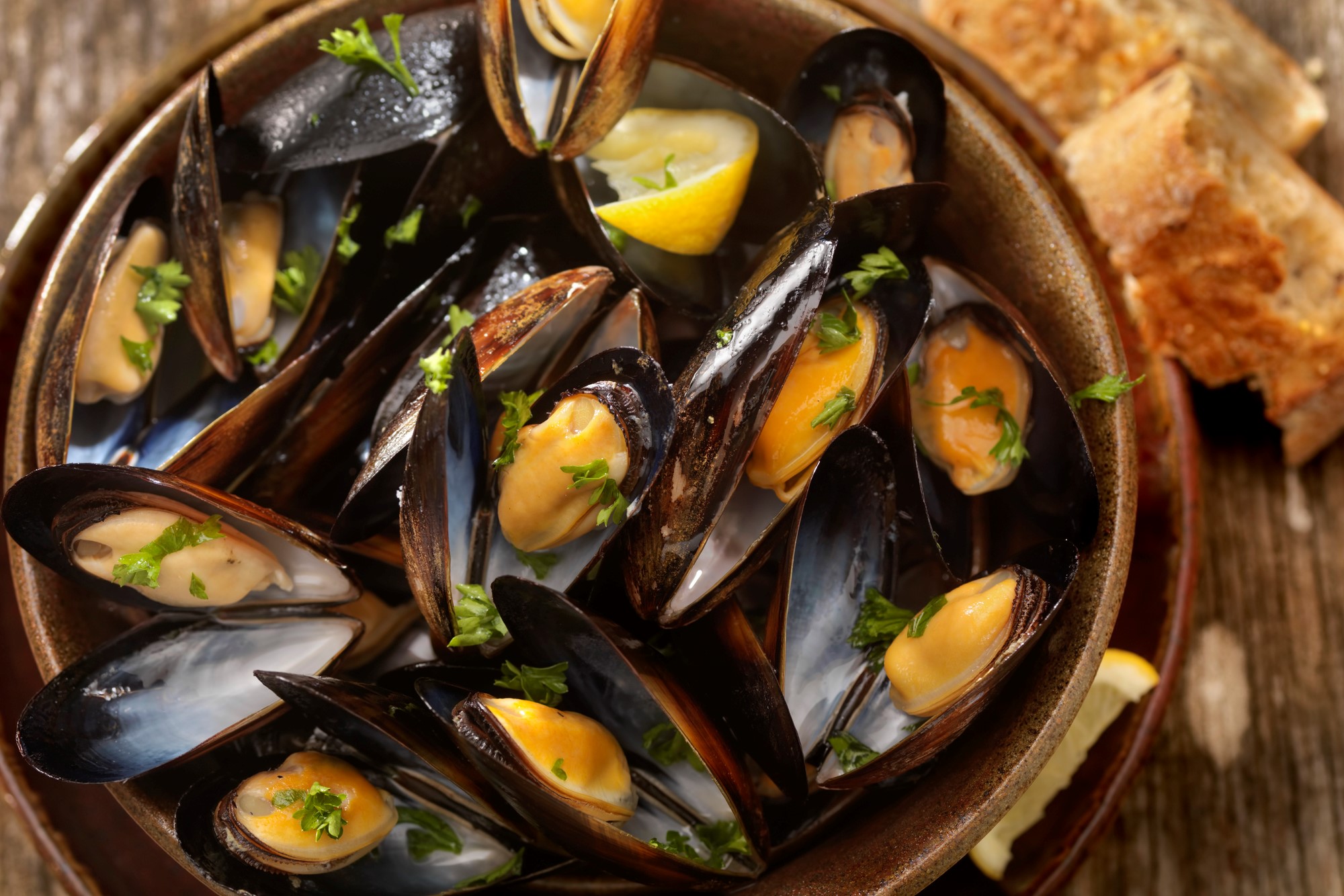
7. Mussels
Mussels contain more manganese content than almost any other food source. If you eat 3 ounces of cooked blue mussels, you’ll get a whopping 251% of your daily allowance. Like with any shellfish, make sure mussels pose no health risks before you consume them.
Here’s how to safely clean, prepare, and eat this delicious dish.
- Store mussels in the refrigerator and eat them within two days of purchase.
- Thoroughly clean each one by holding it under cold running water.
- Use a firm brush to remove dirt, barnacles, and the bristly material near the hinge of the shell.
- Throw away any mussels that have been damaged or opened.
- Steam the mussels while they’re still in their shells. You can serve them in broth or white wine. Some people enjoy taking the meat out of the shells and adding it into a soup or sauce. You can always steam, grill, or bake the meat as your tastes dictate. Search for recipes and have fun with them!
- Remove mussel meat with your fingers or a small fork. Then simply pry open one of the mussel shells and scoop out the meat. You can also use one of the empty mussel shells to pry open and scoop the rest of the shells.
8. Oatmeal
A standard 1-cup serving of cooked oatmeal contains more than 60% of your daily manganese needs. Add toppings like peanut butter, raisins, dried cranberries, or honey to make the oatmeal extra tasty.
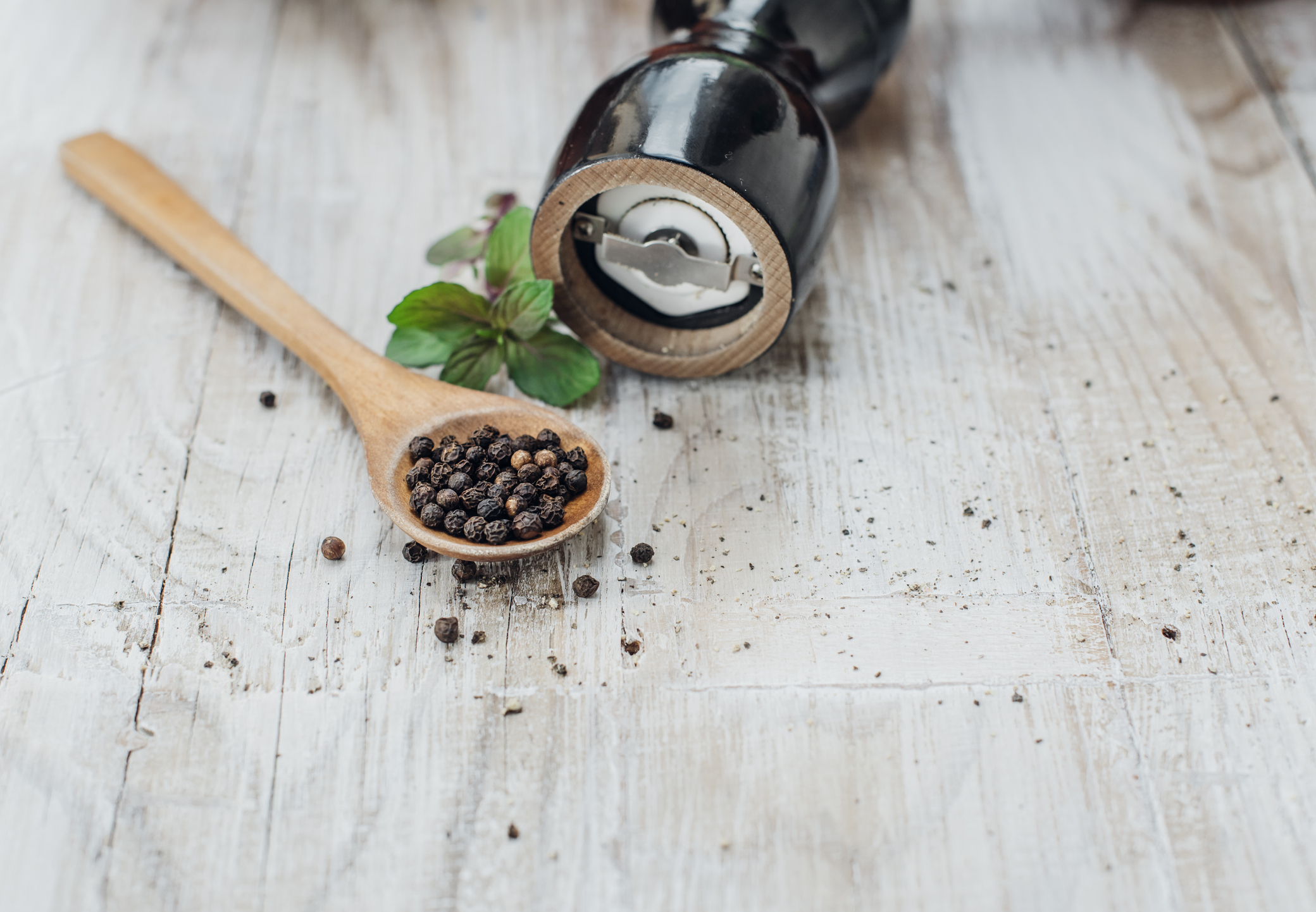
9. Black pepper
One teaspoon of black pepper gives you 13% of your daily recommended manganese intake. It also adds a lot of flavor to a meal. Use pepper on salads, pasta, protein, cooked vegetables, eggs, sandwiches, wraps, seafood dishes, casseroles, soups, and so much more!
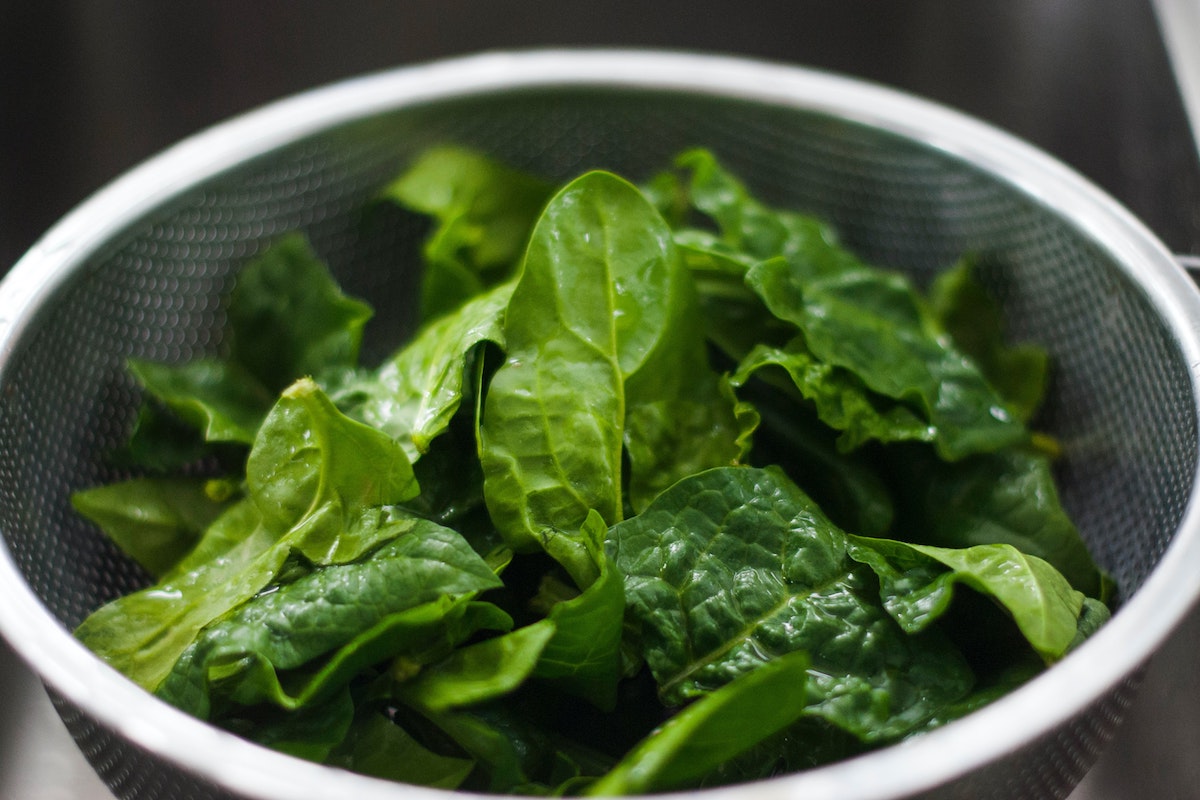
10. Spinach
A cup of cooked spinach gives you 35% of the manganese you need each day. Add that cooked spinach to eggs in the morning or sandwiches for lunch, or use it as a delicious side meal with any kind of protein for dinner. You can also store it in the refrigerator and add it to protein or poke bowls, smoothies, and pasta meals.
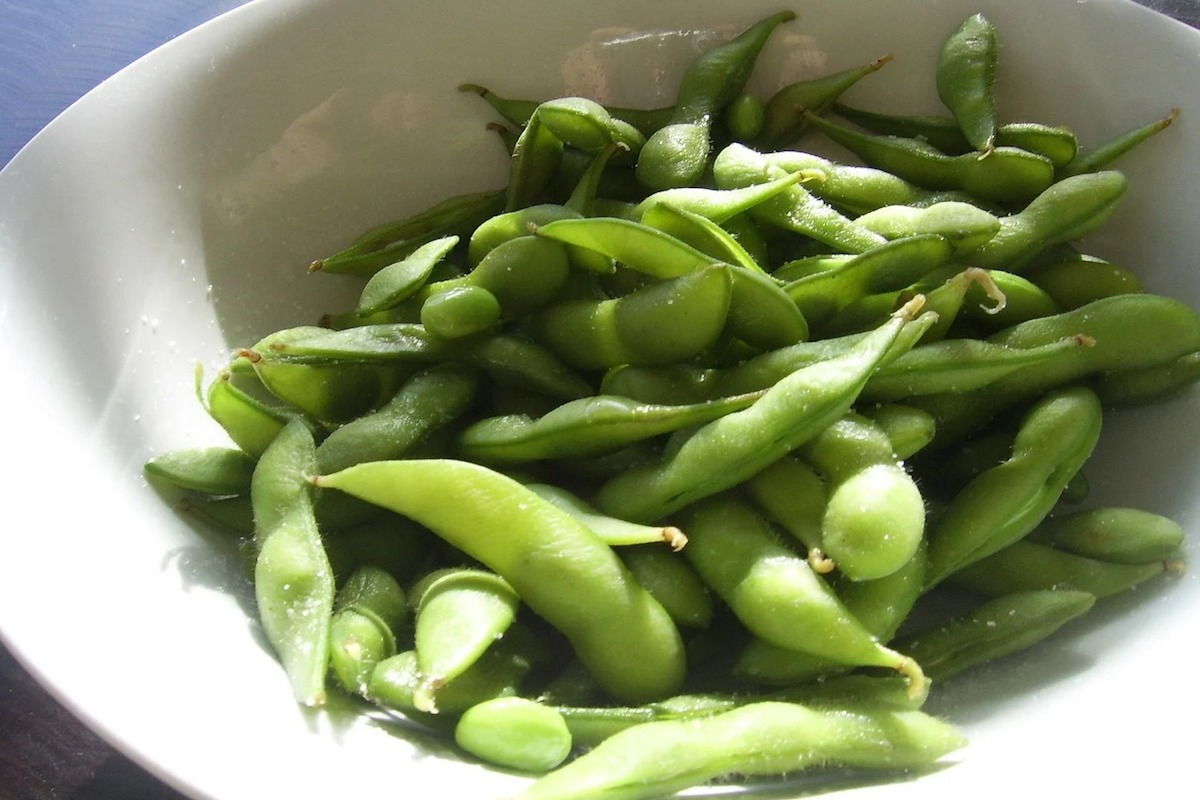
11. Soybeans
A cup of boiled soybeans gives you 62% of your daily manganese requirement. Edamame with a little bit of salt is a great snack by itself, but you can also add it to stir-fried protein and rice, noodles, or grain bowls.
A delicious meal that includes 3 ounces of steamed mussels, 1 cup of cooked spinach with a little bit of butter, and some mashed potatoes with black pepper will give you a lot of great flavors and more than 200% of your daily recommended manganese. For an added manganese-filled treat, don’t forget dark chocolate for dessert!
